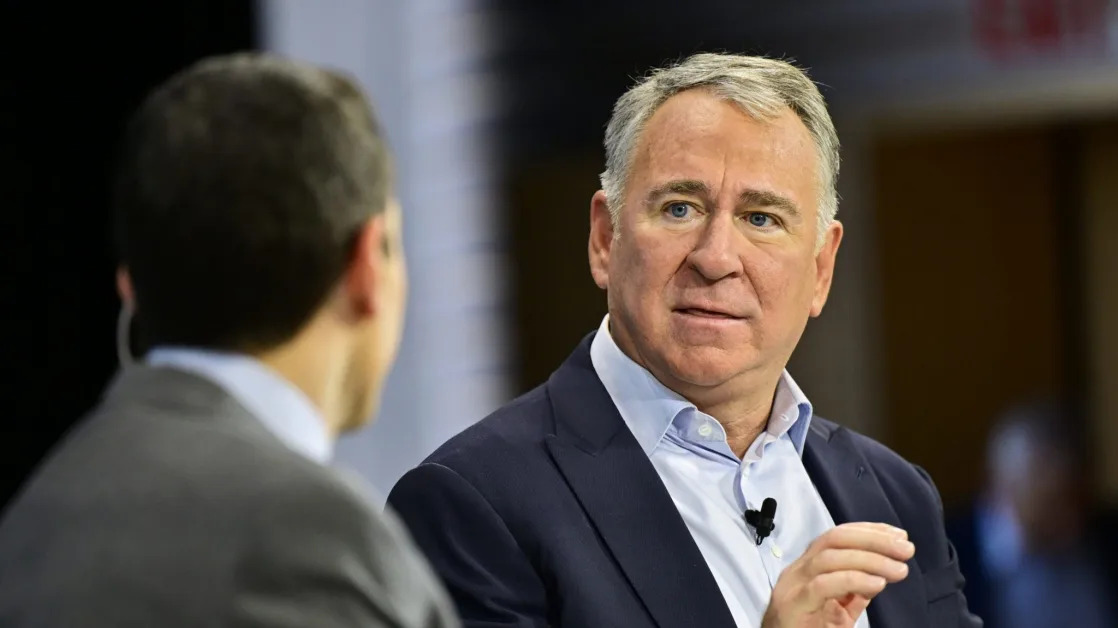(Bloomberg) -- China’s bond market is cheering a tweak by the central bank in the way it pumps cash into the financial system, on bets the surprise move may lead to lower funding costs and keep yields down.
Government bond futures rallied across the curve on Tuesday, with the 10-year contracts jumping to the highest in more than two weeks. The move came amid speculation that lenders will be able to borrow one-year loans from the People’s Bank of China at lower costs, thanks to a tweak in how policymakers will use a liquidity tool going forward.
Late on Monday, the PBOC said it will allow qualified banks to pay different interest rates — rather than at a fixed cost — for loans it lends out via the medium-term lending facility. This means banks can now borrow at rates closer to those prevailing in the market, which have largely been lower than the official MLF rate in recent years, according to analysts and a report by PBOC-backed outlet Financial News.
That’s good news for government bonds, as Chinese commercial banks — the biggest investors in the debt market — will find it more profitable to use borrowed liquidity to buy fixed-income products. While implicit, the move also signals a greater willingness to ease monetary policy and contrasts with the PBOC’s action in the last few months, when it defended the yuan by tightening liquidity and watching bonds slide.
“We see the potential minor rate cut as a signal of monetary stance turning from a hawkish bias year to date to accommodative as China’s policymakers brace for external volatilities,” Citigroup Inc. economists including Yu Xiangrong wrote in a note Tuesday. They pointed to more US tariffs as a key risk for growth.
China’s 10-year bond futures rallied as much as 0.3% before paring gains, while contracts on 30-year debt climbed 0.6%. In the cash market, the yield on notes due in a decade rose one basis point to 1.82%.
The market has been calling for an interest rate cut by the PBOC because the prevailing market funding cost has been lower than the MLF rate of 2% for a sustained period. The rate on one-year AAA-rated negotiable certificates of deposits, a measure of short-term borrowing costs between banks, stands at 1.9%.
What Bloomberg Economics Says...
“The People’s Bank of China’s change to the auction rates for its medium-term lending facilities means that the interest rate on such loans will be more market-oriented. We have two conclusions: first, the central bank can now largely resolve the contradiction in its interest rate policy framework. Second, the move may push money market interest rates down in the short term.”
— David Qu, China economist
The PBOC has yet to announce the latest rates for the MLF as of Tuesday 4:45 p.m.
China’s top leaders in December endorsed a “moderately loose” monetary policy for the first time since 2010, but the PBOC has yet to make broad easing moves. The Chinese central bank so far skipped a highly-anticipated cut to the reserve requirement ratio, which determines the amount of cash banks must keep in reserves.
It has hinted at external constraints on loosening policy, as the dollar’s strength only moderated recently and the Federal Reserve’s rate cut path remains uncertain. Domestically, banks’ narrowing net interest margins also limit the space for further rate reduction.
Along with the change in the pricing method, the PBOC also announced a net injection of 63 billion yuan ($8.7 billion) via the MLF tool in March, the first net addition since July.
“The change in the MLF bidding method and a resume of net injection unleashed a easing signal,” Citic Securities analysts including Ming Ming wrote in a report Tuesday.
--With assistance from Tian Chen.
(Updates with more context.)





